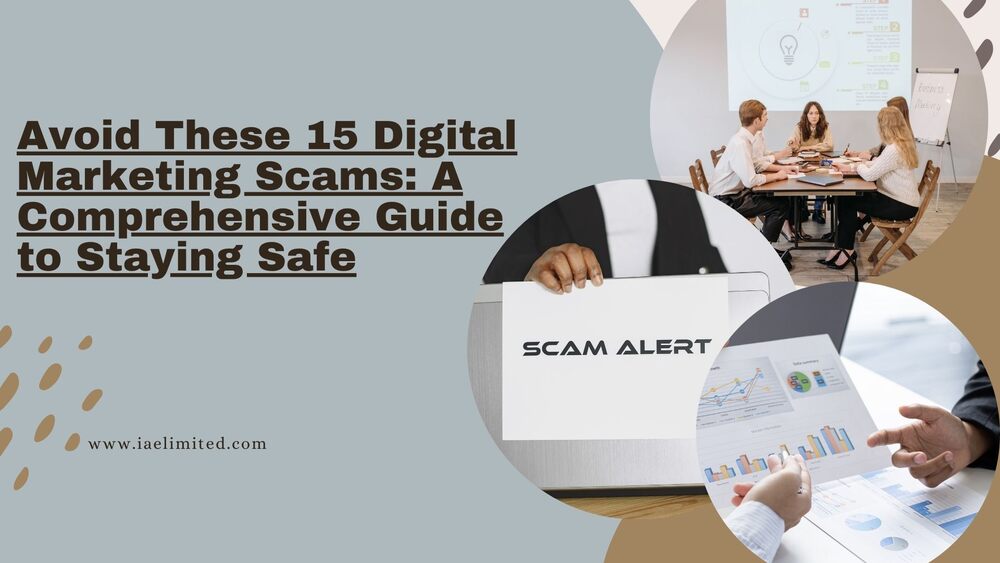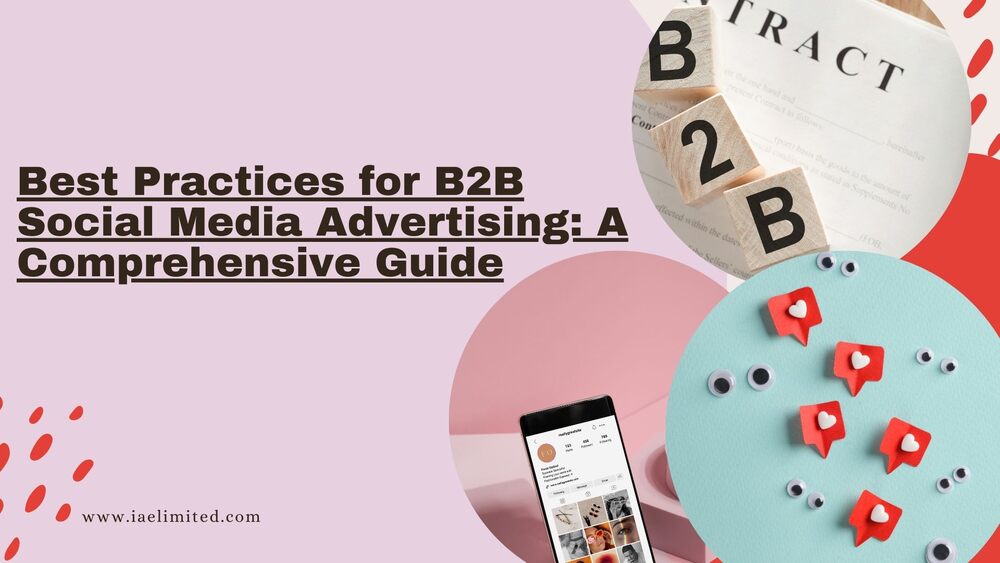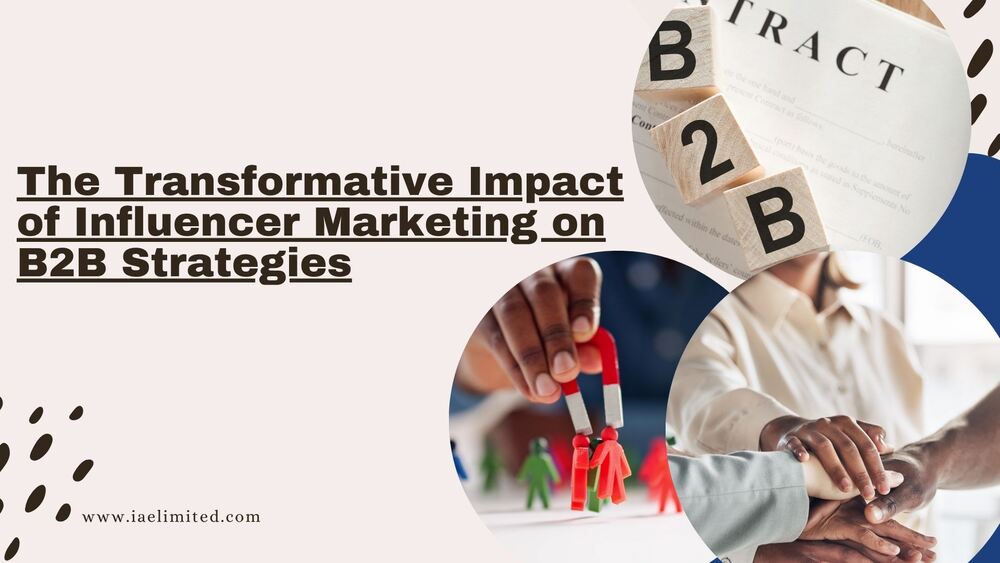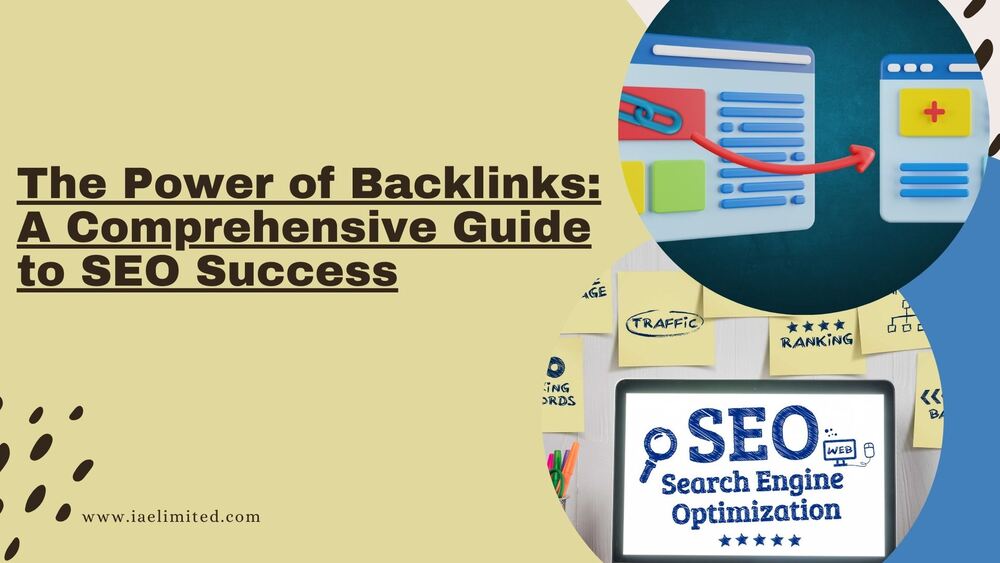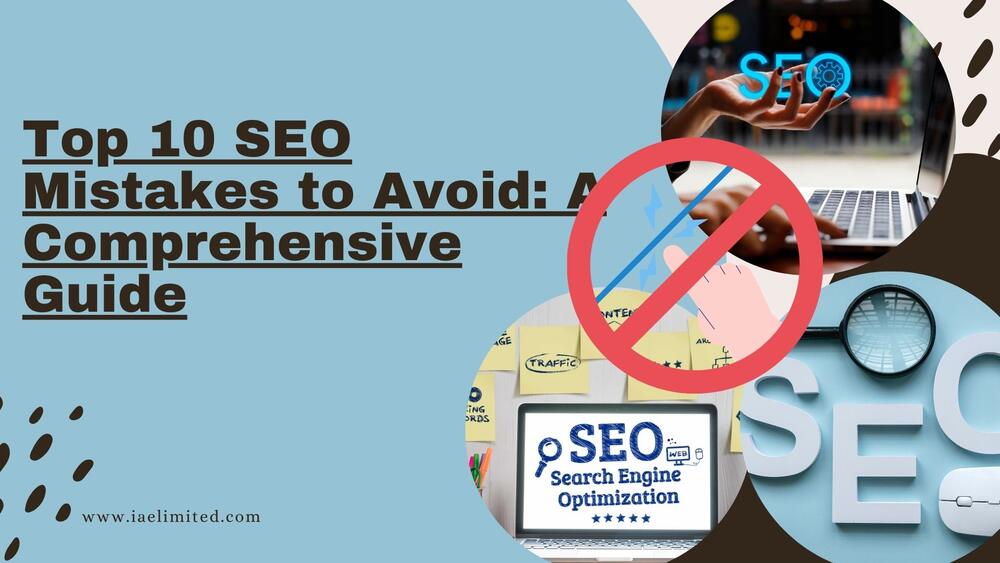
In the ever-evolving landscape of B2B marketing, video content has emerged as a formidable tool for capturing attention, building trust, and driving conversions. The ability to combine visuals, audio, and storytelling into a cohesive narrative has made video a highly effective medium for communicating complex ideas and connecting with target audiences on a deeper level.
The Psychology of Video
Table of Contents
The human brain is wired to process visual information more quickly and efficiently than text. When we watch a video, our brains activate multiple regions involved in emotion, memory, and attention. This neurological response explains why video content is so effective at engaging viewers and creating lasting impressions.
Here’s a breakdown of how video content impacts the brain:
- Emotional connection: Visual cues can evoke strong emotions and create a sense of empathy with the viewer.
- Memory retention: Studies have shown that people are more likely to remember information presented in a visual format.
- Attention span: Video content can capture and hold attention for longer periods than text-based content.
The Role of Video in the Customer Journey
Video content can play a crucial role at every stage of the customer journey, from awareness to purchase. Here’s a breakdown of how video can be used to engage customers at different stages:
1. Awareness:
- Brand storytelling: Create videos that showcase your brand’s values, mission, and culture.
- Educational content: Offer valuable information and resources through webinars, tutorials, or blog videos.
- Social media marketing: Share short-form video content on platforms like LinkedIn, Twitter, and Instagram to increase brand visibility. Check out the best platform for social media marketing.
2. Consideration:
- Product demos: Highlight product features and benefits through clear and concise video demonstrations.
- Customer testimonials: Showcase satisfied customers sharing their experiences with your products or services.
- Case studies: Present real-world examples of how your solutions have helped clients achieve their goals.
3. Purchase:
- Call to action videos: Encourage viewers to take the desired action, such as visiting your website, contacting sales, or downloading a free resource.
- Limited-time offers: Create a sense of urgency with videos promoting time-sensitive deals or promotions.
- Live streaming: Connect with your audience in real-time through live streams of events, webinars, or Q&A sessions.
Best Practices for Creating Effective B2B Videos
To create effective B2B videos, it’s essential to follow some best practices:
- Know your audience: Understand your target audience’s needs, preferences, and pain points to tailor your video content accordingly.
- Define your goals: Clearly articulate what you want to achieve with your video, whether it’s increasing brand awareness, generating leads, or driving sales.
- Create a compelling script: A well-written script will ensure that your video delivers a clear and concise message.
- Invest in high-quality production: Use professional equipment and techniques to create visually appealing and audio-rich videos.
- Optimize for SEO: Use relevant keywords in your video titles, descriptions, and tags to improve search engine visibility. Looking for an interesting article to know more about advanced SEO? check out this article.
- Measure and analyze results: Track key metrics such as views, engagement, and conversions to assess the effectiveness of your video content.
The Future of Video Content in B2B Marketing

As technology continues to advance, we can expect to see even more innovative and engaging ways to use video content in B2B marketing. Some emerging trends include:
- Interactive videos: Incorporating interactive elements like quizzes, polls, or clickable hotspots to enhance viewer engagement.
- Virtual and augmented reality: Creating immersive experiences that allow viewers to virtually explore products or services.
- AI-powered video editing: Using artificial intelligence to automate tasks like video editing and optimization.
By staying up-to-date with the latest trends and best practices, B2B marketers can leverage the power of video content to drive business growth and achieve their marketing objectives.
In case you missed it, we recently published a post on, All You Need to Know About Backlinks: A Comprehensive Guide to SEO Success.
